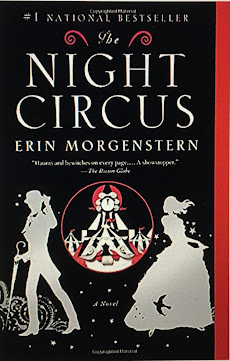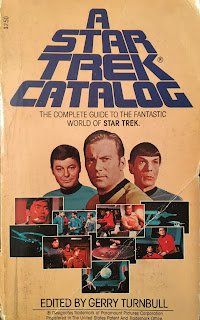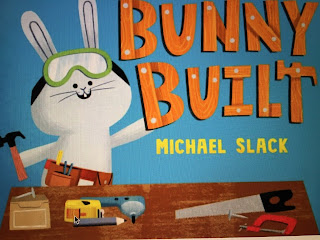When Books Began: A Look at Adam Smyth's The Book-Makers by Theresa Gauthier
The Book-Makers: A History of the Book in Eighteen Lives by Adam Smyth
I could not imagine a world without books.
I always knew there was a point in time when they really didn’t exist, but I tried not to think about that too often. Adam Smyth’s book The Book-Makers: A History of the Book in Eighteen Lives is a brilliant examination of the evolution of books by examining in detail the lives of 18 people who were instrumental in their development.
Five hundred years of history broken down to the events of 18 lifetimes seems like a daunting task, and I admire the author for tackling it.
Books are a thing we take for granted. For the most part, they haven’t changed much in the last 100 years or so. We all walk into a bookstore or library and see shelves of printed books, hardcover, paperback, even digital is something we’re becoming accustomed to seeing or reading—some of us with more reluctance than others!
How did we get to this point? That’s what Adam Smyth tackles in his book. It’s a brilliant approach to the subject matter. Learning about these people puts a human spin on the story. We’re not learning about some inanimate object—though it’s my favorite inanimate object. We’re learning about the people who developed the skills, the plans, creating in many ways all the pieces of the whole—paper, bindings, covers, type, presses,—things needed to take a book from idea to shelf.
These are the people who not only learned how but created the steps, the processes, the pieces concocting them from nothing but an idea, a hope that they could make this work.
In many ways, some of these people were trying to make a living. They weren’t thinking about making history or being innovators. They wanted to make a superior product. Some did want to preserve the written word.
It’s learning the details of these lives that brings the book’s journey to vivid life. Finding out why they were doing what they did gives purpose to their work.
There’s a great deal here that I didn’t know. The age-old practice of remaking books—literally taking them apart and adding illustrations, anecdotal information—sort of like scrapbooking so that the books became unique representations of their owners, is something that I knew nothing about. The booklovers in me hated hearing about it. These people took books apart while I can’t bend a page or put a note in a margin. Literally. Cannot do it.
Were these volumes, remade to emphasize whatever the owner of the book found most important, works of art? Were they vandalism? That’s all in the eye of the beholder, I suppose, but it’s not a thing I’d ever do.
Mary and Anna Collett did it, and from what I gather from the pages of this history, they did it well.Adding photos to a bible or current events stories, clippings or pages from other books sliced from their original volumes to be inserted, decorated, bound into new books seems like a stretch to me of creativity. You don’t like the Bible, remove the bits you hate, insert something you like better, and you have the Bible of your dreams. What if I hate the way a novel ends? Do I remove the offending ending, write my own and bind it again? Where’s the respect for the author’s intent, creativity, and hard work?
Benjamin Franklin, referred to here as a jobbing printer because his newspaper was a business endeavor, printed things many of us would find offensive. Advertisements for the sale of slaves regularly graced the pages of his paper.
In these pages, you’ll also learn about the small presses that became far more prevalent in the 1920s and 1930s and even the history of Zines, Boxes, and other such enterprises in the 1970s.
Book-Makers leaves out nothing and in delving into these sometimes neglected or glossed over periods of the history of the book, Smyth captures more of the essence of the love many of us have felt for the book throughout its evolution.







Comments
Post a Comment